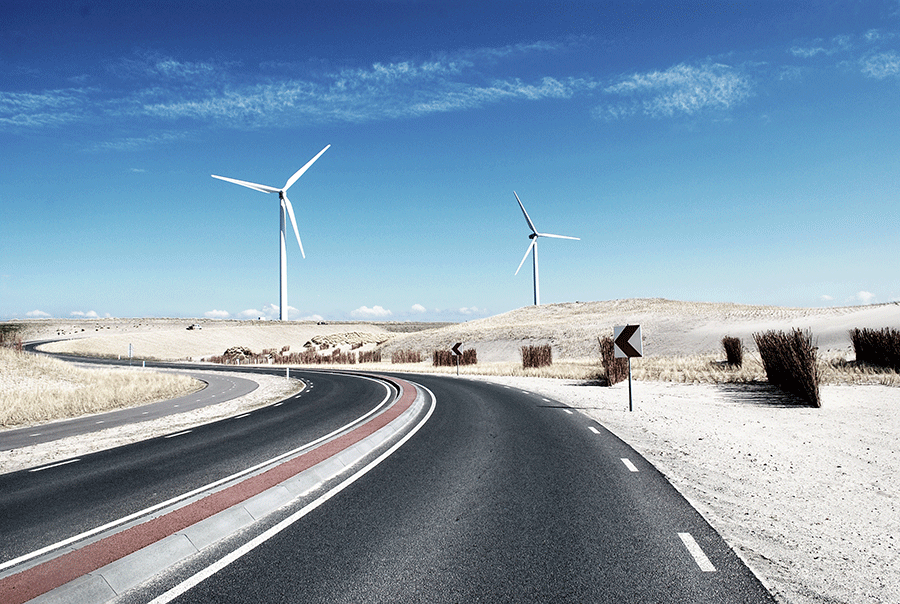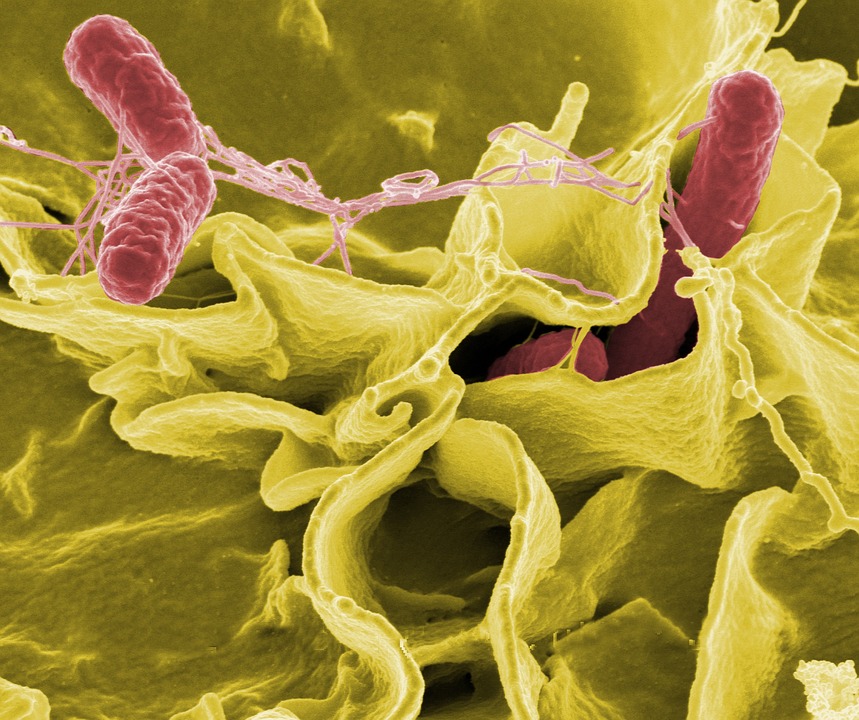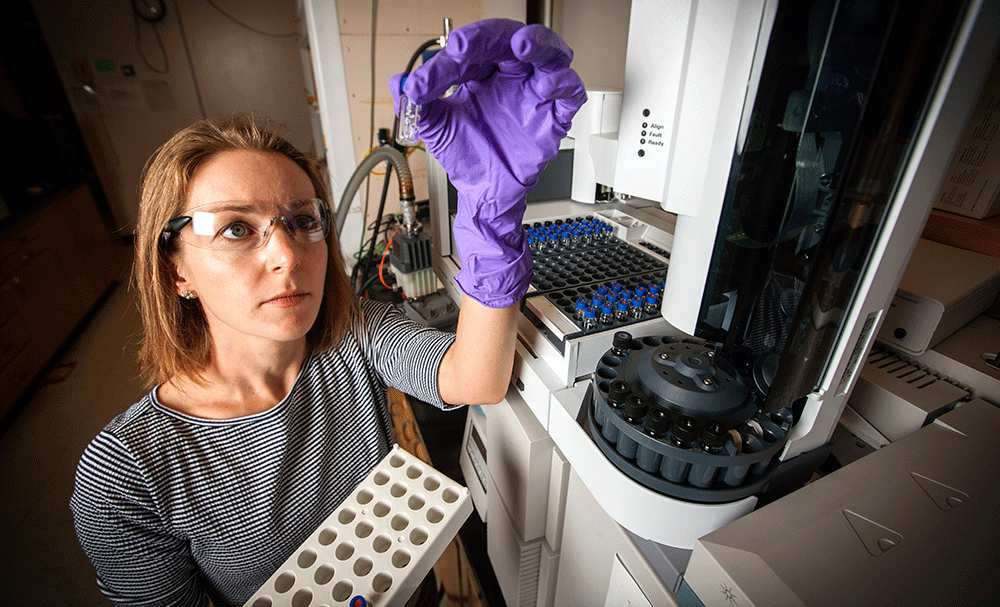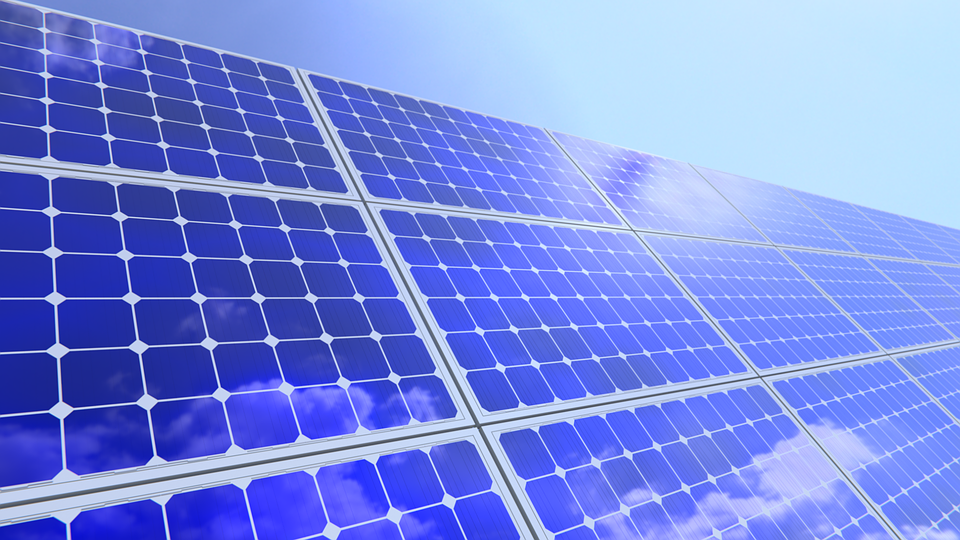Fossil fuel prices may be dropping, but according to new reports from Bloomberg’s New Energy Outlook, those prices will not affect the future of renewable energy.
According to the report, renewables are on pace to attract $7.8 trillion in investments by 2040. That’s nearly four times the amount that Bloomberg expects carbon-based power to attract over the same period of time.
Experts expect the relatively low fossil fuel prices to by offset by projected price drops of up to 60 percent in wind and solar technologies, making renewables the most efficient and most affordable option.
“Strikingly, [the report] still shows rapid transition toward clean power,” says Jon Moore, chief executive of Bloomberg New Energy Finance.
However, that transition may not be fast enough to counteract the effects of climate change. In order to keep the global temperate change below 2°C – a point that was emphasized in the Paris agreement – an additional $5.3 trillion would have to be invested in zero-carbon power on top of the $7.8 trillion.









